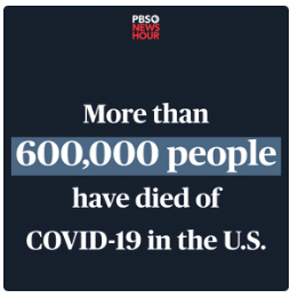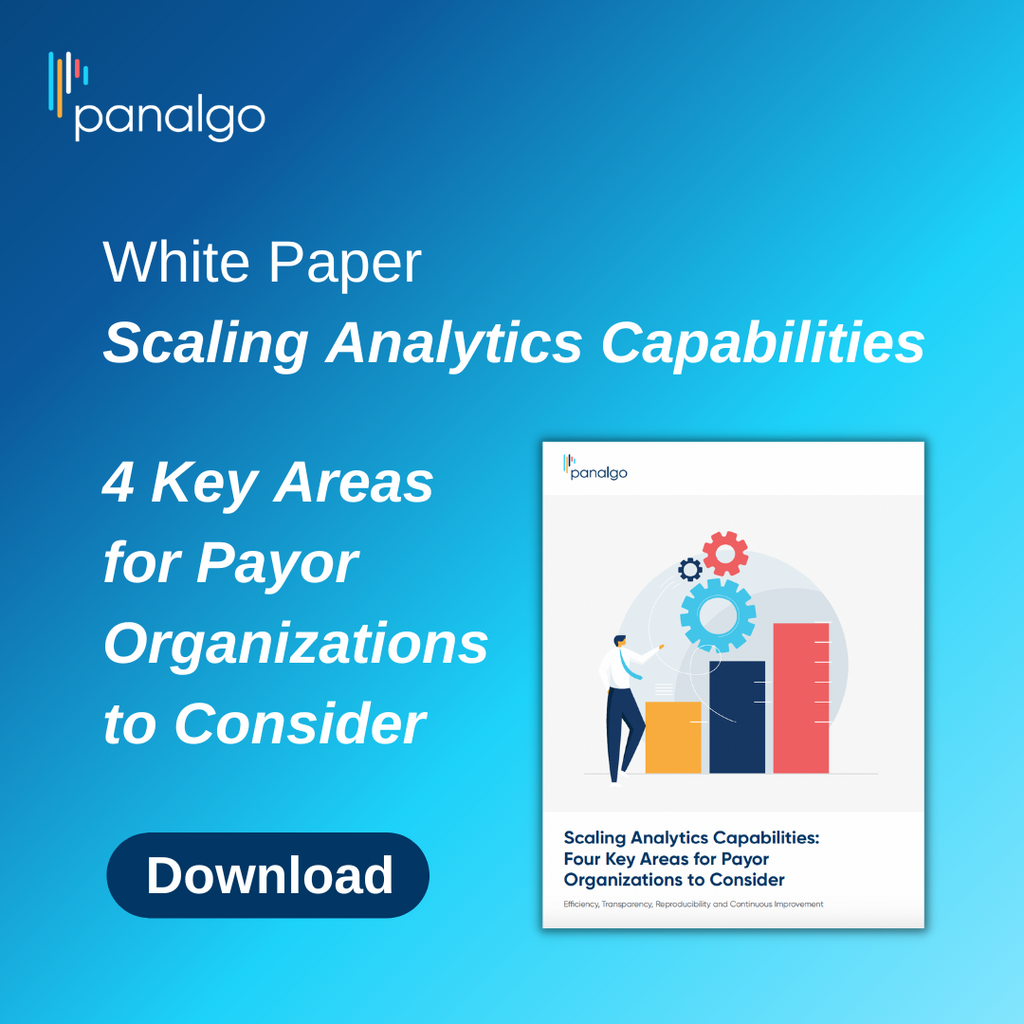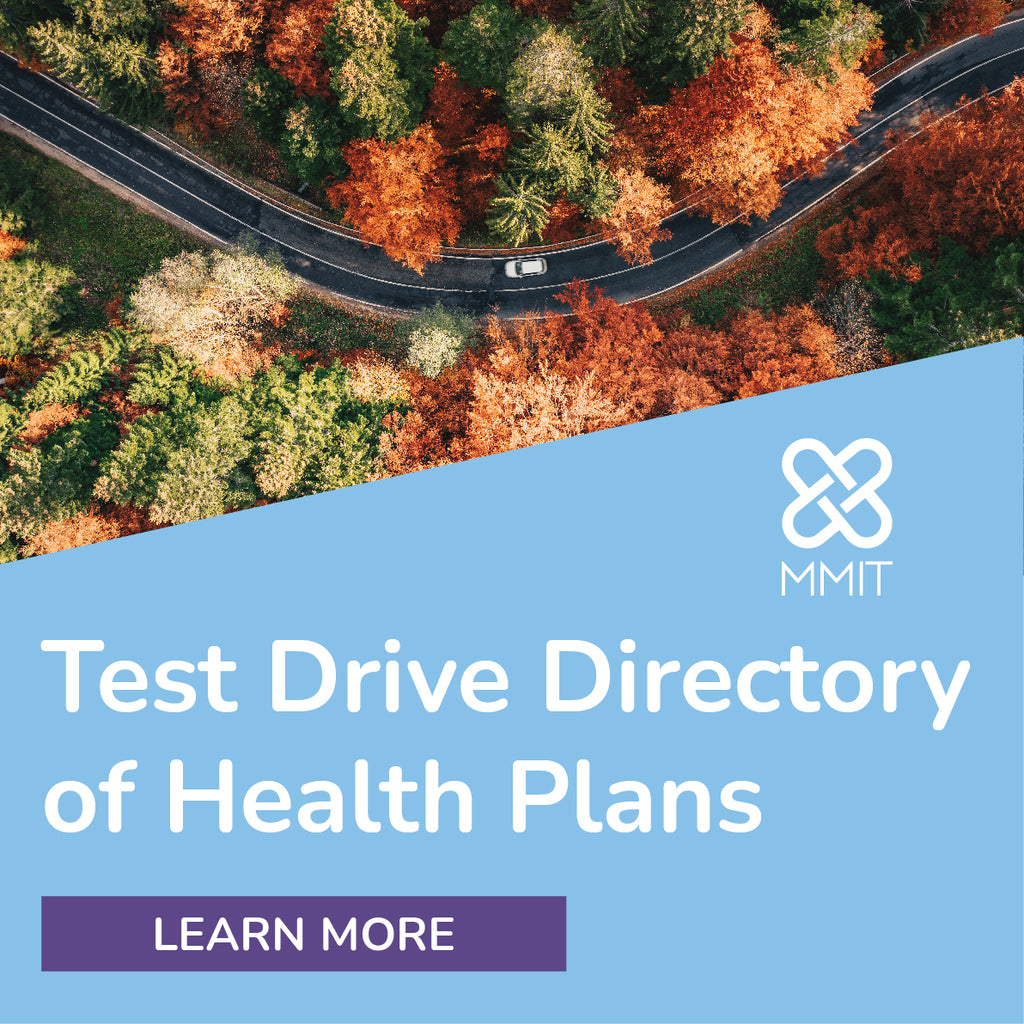Radar on Drug Benefits
-
Think Tank Paper Puts Pharmaceutical ‘Global Freeloading’ Back in Spotlight
The America First Policy Institute, a think tank founded by former advisers to President Donald Trump, recently released a paper that blamed foreign countries for pharmaceutical “global freeloading” and outlined several policy options to end it. Options included most-favored nation pricing and international reference pricing — two proposals raised during Trump’s first term.
The paper argued that this pharmaceutical freeloading occurs when other wealthy countries implement price controls that allow them to “have their cake and eat it too — to get lifesaving drugs for their citizens without paying the necessary costs to develop them.” It deprives drug manufacturers of billions of dollars and comes at the cost of new treatments for patients in the U.S. and abroad, the paper said.

-
Questions Abound About Optum Rx’s Cost-Based Pharmacy Pay Model
Optum Rx’s new pharmacy reimbursement model, which the UnitedHealth Group-owned PBM unveiled on March 20, has been met with mixed reviews. One Wall Street analyst suggested the move could benefit both Optum and retail pharmacies alike, but a trade group representing community pharmacies was far more wary.
Whatever the ultimate impact is, the motivation for such a move is clear, says Ge Bai, Ph.D., a business and health policy professor at Johns Hopkins University.
“PBM reform is on policymakers’ radar,” she tells AIS Health, a division of MMIT. “Optum seems to be taking a preemptive step to align with what might soon be mandated.”

-
Managed Care Pharmacists Embrace AI, Fret About GLP-1 ‘Hyperutilization’
New uses for GLP-1 drugs, the proliferation of artificial intelligence (AI), and federal and state regulatory changes are among the top issues for managed care pharmacy over the next five years, according to a study from the Academy of Managed Care Pharmacy (AMCP).
“Anything that can replace manual tasks to allow the pharmacist to practice to the level of their license with their skill set and counsel patients on their medications and really work with them [is a plus],” AMCP Foundation Executive Director Mitzi Wasik tells AIS Health, a division of MMIT. AI “has really taken some of the manual burden off of the pharmacist. They are really trained to practice at a high skill set of patient care. A lot of times in the community setting, they just don’t have the capacity to do it.”

-
News Briefs: Firing of FTC Commissioners May Impact PBM Case
President Donald Trump on March 18 fired two Democratic members of the Federal Trade Commission (FTC), bringing into question how the agency’s administrative case against major PBMs will proceed. Trump dismissed Alvaro Bedoya and Rebecca Kelly Slaughter just six months after the FTC filed its administrative complaint against CVS Health Corp.’s Caremark, The Cigna Group’s Express Scripts and UnitedHealth Group’s Optum Rx, accusing them of inflating the cost of insulin treatments. The agency also named Zinc Health Services, Ascent Health Services and Emisar Pharma Services, the PBMs’ affiliated group purchasing organizations, in the complaint. Bedoya, Slaughter and fellow Democrat Lina Khan, then-FTC chair, voted in favor of the complaint, while the two Republican commissioners — Andrew Ferguson and Melissa Holyoak — were recused because they were previously state attorneys general investigating the PBMs. Khan left the FTC in January and was replaced by Ferguson. A hearing in the PBM case is set for Aug. 27.

-
PBMs Must Prepare for Revival of Drug Price Transparency Requirements
While a previous effort to force the disclosure of net drug prices was scuttled amid legal challenges, President Donald Trump recently made it clear that he hopes to revisit the issue amid a renewed push for health care price transparency.
“There’s no more hope that this will go away,” says Chris O’Dell, senior vice president of market solutions with Turquoise Health, a company that cleans and aggregates pricing data from hospitals and health plans. “It’s going to happen, so get ready for it, research it, comment on it, and do what you can to prepare.”












